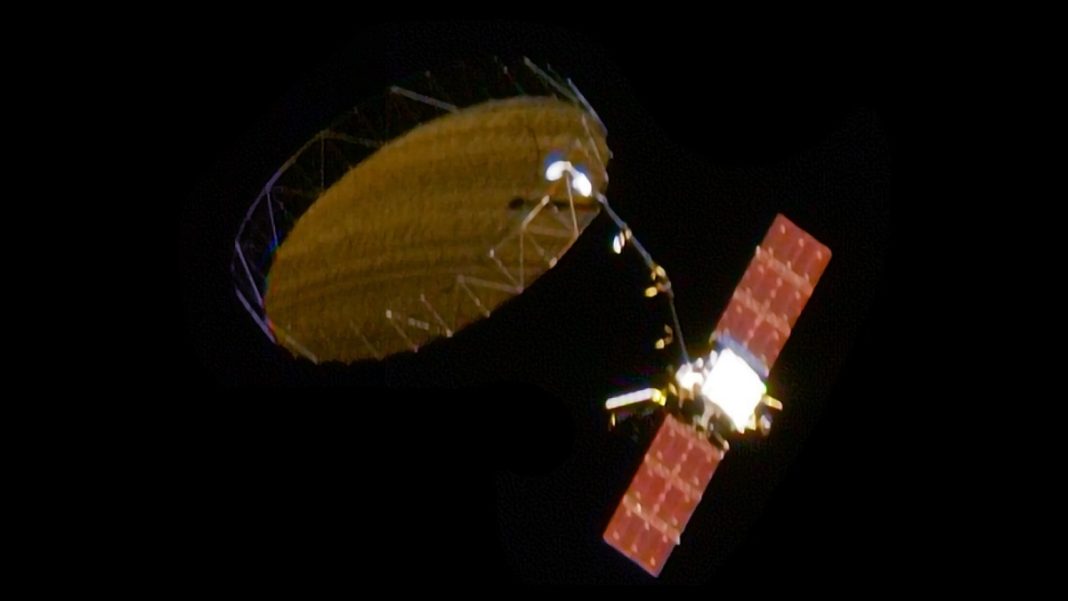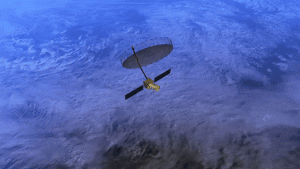Key Takeaways
- NISAR, the joint NASA-ISRO Earth observation satellite, will be declared operational on November 7.
- The satellite will provide free, high-quality global data every 12 days, day and night.
- This marks a historic milestone in US-India space collaboration.
In a landmark event for global space cooperation, NASA and ISRO will officially declare their jointly developed NISAR satellite operational on Friday, November 7. ISRO Chairman V Narayanan confirmed the completion of all data calibration, paving the way for the mission’s commencement.
NISAR: A Technological Powerhouse
Launched on July 30, 2025, the NASA-ISRO Synthetic Aperture Radar (NISAR) is the world’s most expensive Earth-imaging satellite, weighing 2,400 kg. It is the first of its kind, equipped with two distinct radar systems: the L-Band and S-Band sensors.
The L-band radar penetrates forest canopies to measure soil moisture, forest biomass, and monitor movements in land and ice. The S-band sensor is highly sensitive to small vegetation and excels at observing agricultural fields, grasslands, and snow moisture. Crucially, both systems operate regardless of weather or daylight, enabling uninterrupted global monitoring.
Global Monitoring and Data Access
NISAR will scan nearly all land and ice surfaces twice every 12 days. This regular, systematic observation makes it a vital tool for tracking land changes, ecosystem shifts, and the impacts of climate change and human activity. It will fundamentally improve our understanding of natural hazards, deforestation, and resource management.
Chairman Narayanan highlighted the “outstanding” quality of the data, which will be freely available to users worldwide every 12 days.
India’s Broader Space Ambitions
Beyond NISAR, India’s space program is accelerating. Narayanan announced that the first uncrewed flight for the program is scheduled for January. The goal is to send Indian astronauts to space on a home-built rocket by 2027.
Additionally, India plans to launch the first module of the by 2028. The agency aims for a complete, five-module, 52-tonne space station by 2035, capable of hosting 3-4 crew for extended missions.
The operational start of NISAR represents a giant leap in Earth science and stands as a powerful symbol of the robust US-India partnership, poised to deliver critical insights for a changing planet.






